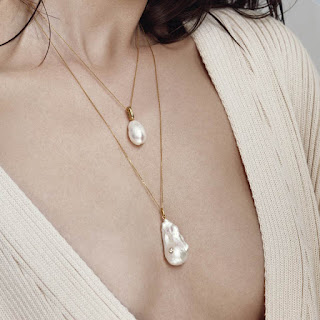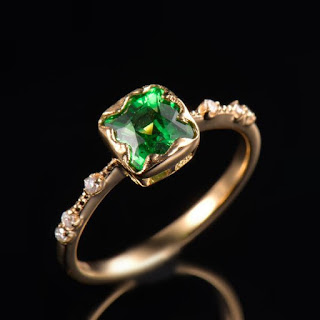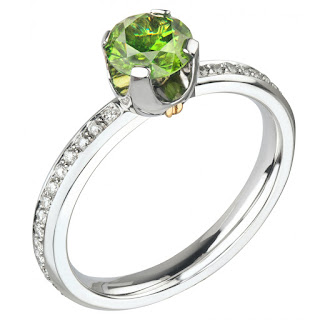Trend: Baroque, blister, color – what pearls are in fashion this fall

" Pearls are always right ," said Coco Chanel , the trendsetter . It is difficult not to agree with the opinion of a person who speaks about the subtleties of a profession in which he himself has reached unprecedented heights ... Do not make mistakes and women who choose jewelry with pearls , because this one is able to give any image a special refinement and elegance . The advantage of pearls over other jewelry is that it fits almost any image , regardless of the occasion and time of year . It is combined with classic evening dresses and voluminous knitted sweaters . Pearls can soften a strict office wardrobe and make a feminine image even more romantic . Engagement ring The nature of pearls Pearls are an organic mineral formed as a result of a foreign body entering the shell of a mollusk , which it tries to get rid of by covering it with

